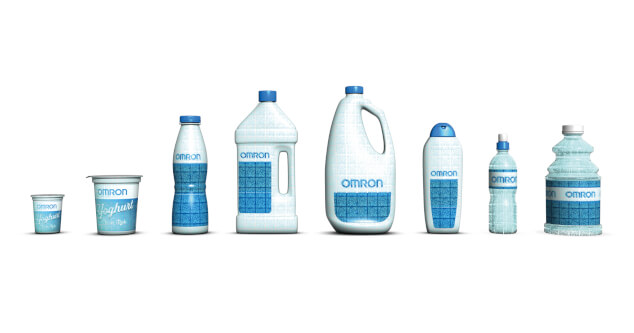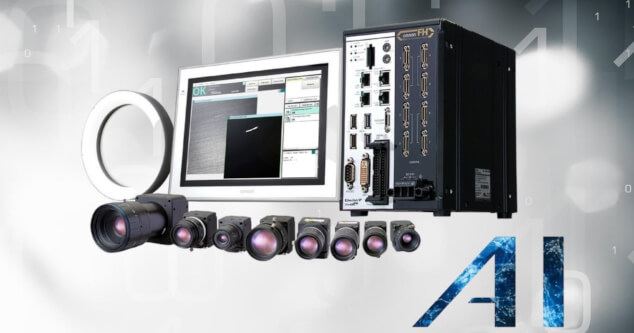PPWR: why cross-chain collaboration, traceability and smart packaging are key
Publicerat 24 september 2024 i Sustainable Manufacturing
According to Eurostat figures, in 2021, each person living in the EU generated 188.7 kg packaging - almost 32 kg more than in 2011. Over this period, the amount of plastic packaging waste increased by 27%. Whilst recycling rates have also increased, a large volume of plastic packaging is still not being recycled - the latest statistics suggest that only a handful of countries in Europe are achieving a 50% recycling rate for plastics.
Recognising that the existing legal framework was failing to drive improvement in packaging waste reduction, in 2022 the Commission proposed a revision to the 2018 directive for Packaging and Packaging Waste Regulation (PPWR).
The revised PPWR is expected to enter into force by end of this year, and will fundamentally change the way packaging is designed, consumed and disposed of. The updated regulation is broad in its scope, but the underlying aims are to reduce the amount of packaging waste generated and increase packaging recyclability.
Regulation requirements
The regulation introduces new requirements for both governments and industry. As well as meeting tough targets relating to packaging reduction, member states will have to set deposit return schemes (DRS) for plastic bottles and beverages cans and establish systems and infrastructure for the return and separate collection of all packaging waste from end users to facilitate high quality recycling.
Producers are required to make all packaging recyclable by 2030 and to document and report the quantities of packaging they use. The regulation also updates provisions regarding banned substances in packaging, sets new targets for recycled content, and introduces restrictions and goals for reuse and refill. These changes enhance the existing mandatory extended producer responsibility (EPR) for packaging producers, which involves financial contributions toward the costs of collecting, sorting, and recycling packaging waste.
Apportioning responsibility
In essence, the regulation is driving accountability for packaging waste and contributing to mounting pressure on consumer goods manufacturers to take responsibility for the packaging they are placing on the market throughout its lifecycle.
Whilst many of these obligations are set out in black and white (sometimes grey!) in the text that has been agreed by Europe’s lawmakers, there is a whole ‘unwritten’ dimension to this regulation.
What the various value chain stakeholders need to consider is that they won’t be able to deliver on their obligations by working in silos. An unprecedented level of cross-chain collaboration will be needed. Manufacturers can only design packaging that can be recycled at scale if they know what waste collection and sorting infrastructures will look like, and what sorting and recycling technologies will be used. Manufacturers will need to know their packaging holistically.
Fundamentally, this regulation is creating a framework for a circular packaging economy, which, on a practical level, requires traceability throughout the value chain.
Automating traceability to support circularity
The key to achieving packaging traceability throughout its lifecycle is data, and that requires data carriers that remain readable throughout the lifetime of the packaging, even if it is dirty or damaged. However, experience has taught us that traditional data carriers that do their job from the moment they are applied to the packaging in manufacturing to the moment it reaches the consumer, fail to perform well after the product is consumed and the packaging is disposed. This is one of the main issues that need to be addressed to effectively achieve the long-awaited circularity.
Digital watermarks offer several advantages over traditional data carriers in this respect. They maintain performance when exposed to harsh conditions, such as higher belt speeds, severe soiling and crushing. Thanks to these qualities, digital watermarks offer a promising tool for boosting recycling by automating the identification of packaging at material recycling facilities. According to the data embedded in the watermark, the packaging can be automatically directed to the right sorting stream, ultimately resulting in cleaner streams and higher quality recycled materials.
Recognising this potential, OMRON has partnered with Digimarc - a leader in digital watermarking technologies - to develop an innovative industrial automation solution for tracking packaging throughout its life cycle.

Overcoming challenges
One of the challenges with implementing digital watermark technology in industrial settings is that the watermarks need to be identified, read and inspected at high speeds to be commercially viable. This is no simple task, particularly when packs are made from difficult-to-inspect materials or present in different orientations.
OMRON’s advanced vision systems, which leverage AI and deep learning algorithms, have unlocked new possibilities for identifying, inspecting and initiating track-and-trace features quickly and accurately, at remarkably high speeds, even when scanning trickier packaging formats such as transparent film and cylindrical labeled bottles.

Benefits beyond compliance
The adoption of this technology for identification and sortation of packaging materials is important in the context of the PPWR, but its benefits extend beyond facilitating regulatory compliance. It can add value through the automation of control checks to prevent incorrect matching or mislabelling of finished product components, and increasing the speed and accuracy of manufacturing, fulfilment and distribution of packaged goods.
As we enter an era of accountability for packaging waste and seek to close the loop on packaging, traceability is fast becoming a cornerstone of supply chains. Enabled by advancements in identification automation, smart packaging with digital watermarks is set to become a powerful tool in this mission to recapture resources.
Contact us for more information